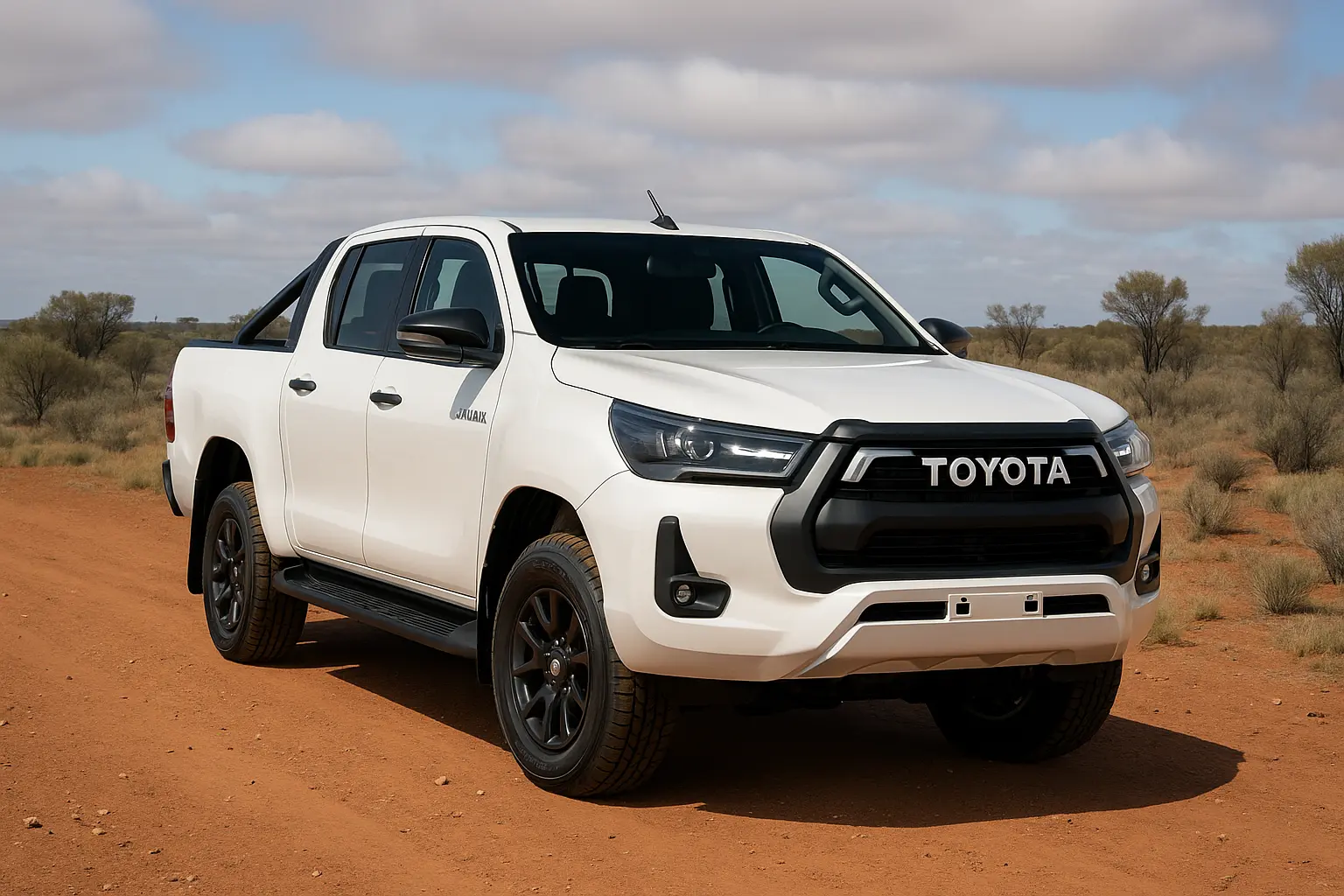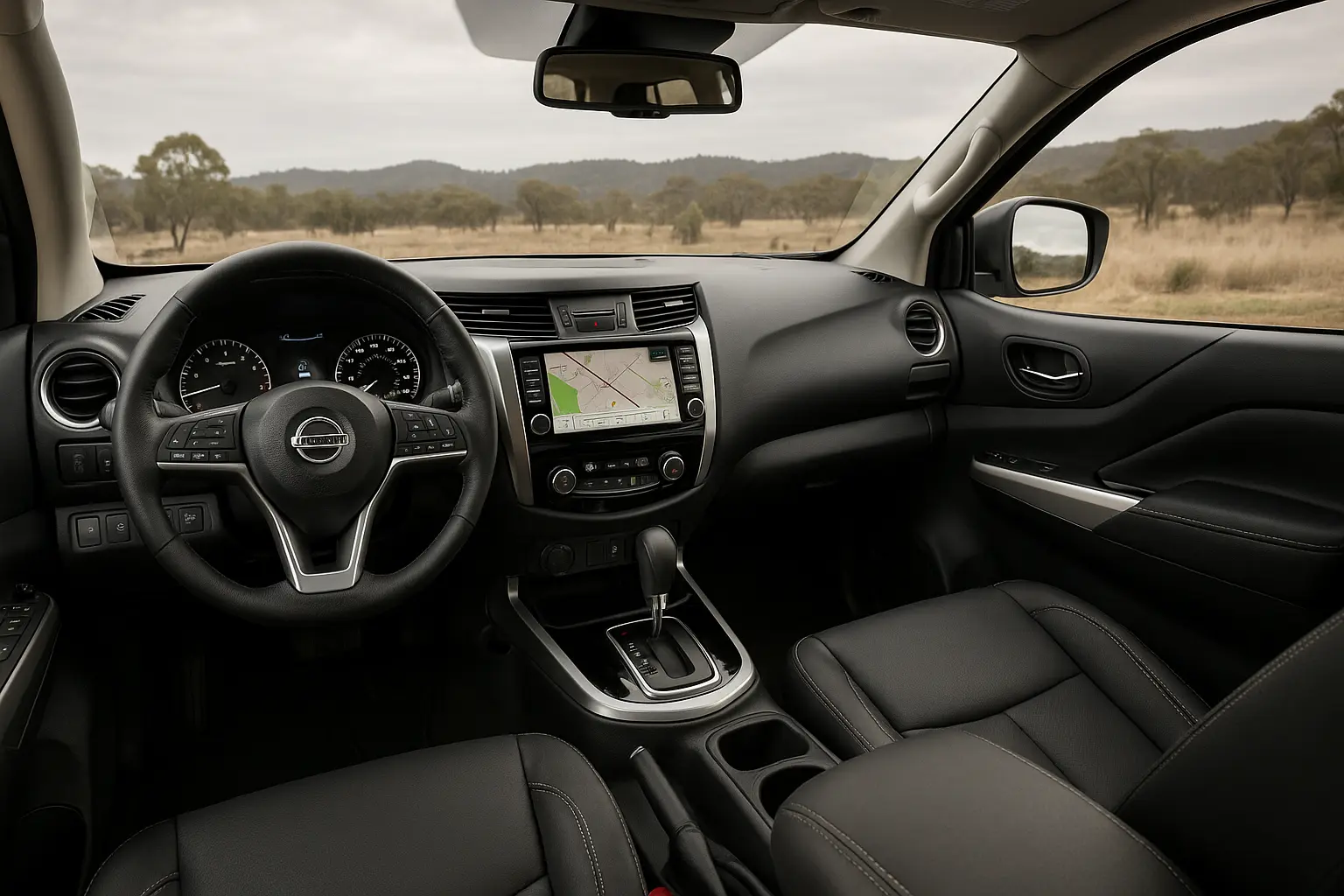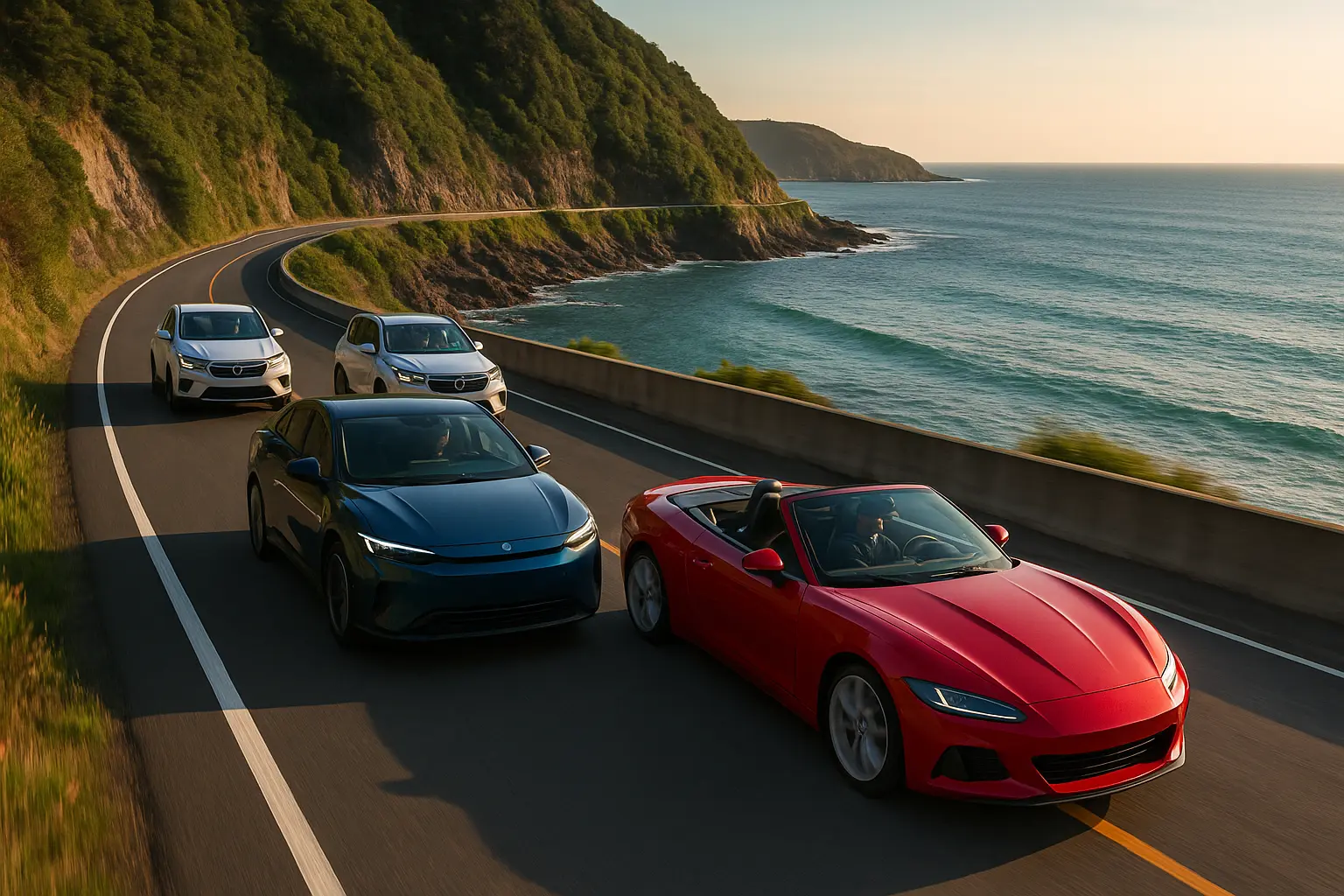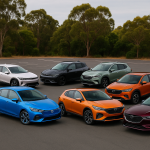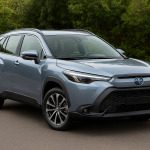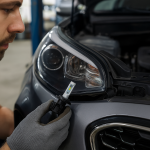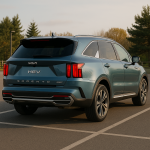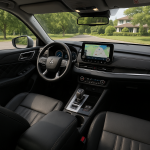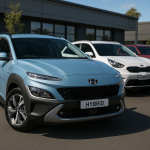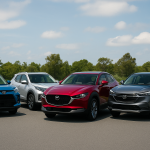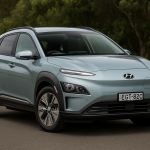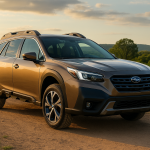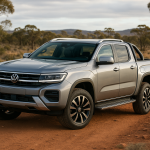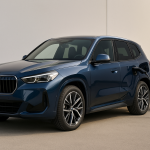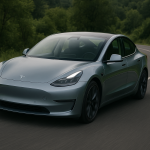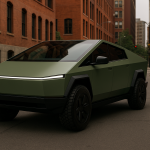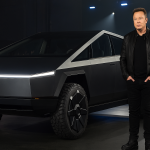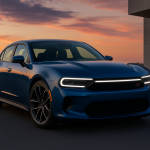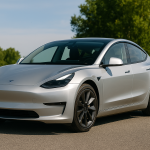The Toyota Hilux has been more than just a ute in Australia—it’s a cultural icon. From tradies hauling gear across worksites to families heading into the Outback, the Hilux has earned its reputation as one of the most reliable, durable, and versatile vehicles on the market. With the 2025 model now available, buyers are asking: does the Hilux still set the benchmark for utes in Australia?
This comprehensive review explores the Hilux’s performance, towing capacity, specs, trims, features, ownership experience, and price in the Australian market. Whether you’re looking for a hard-working diesel 4x4 or a comfortable dual-cab for daily use, this guide will help you decide if the Hilux fits your needs.
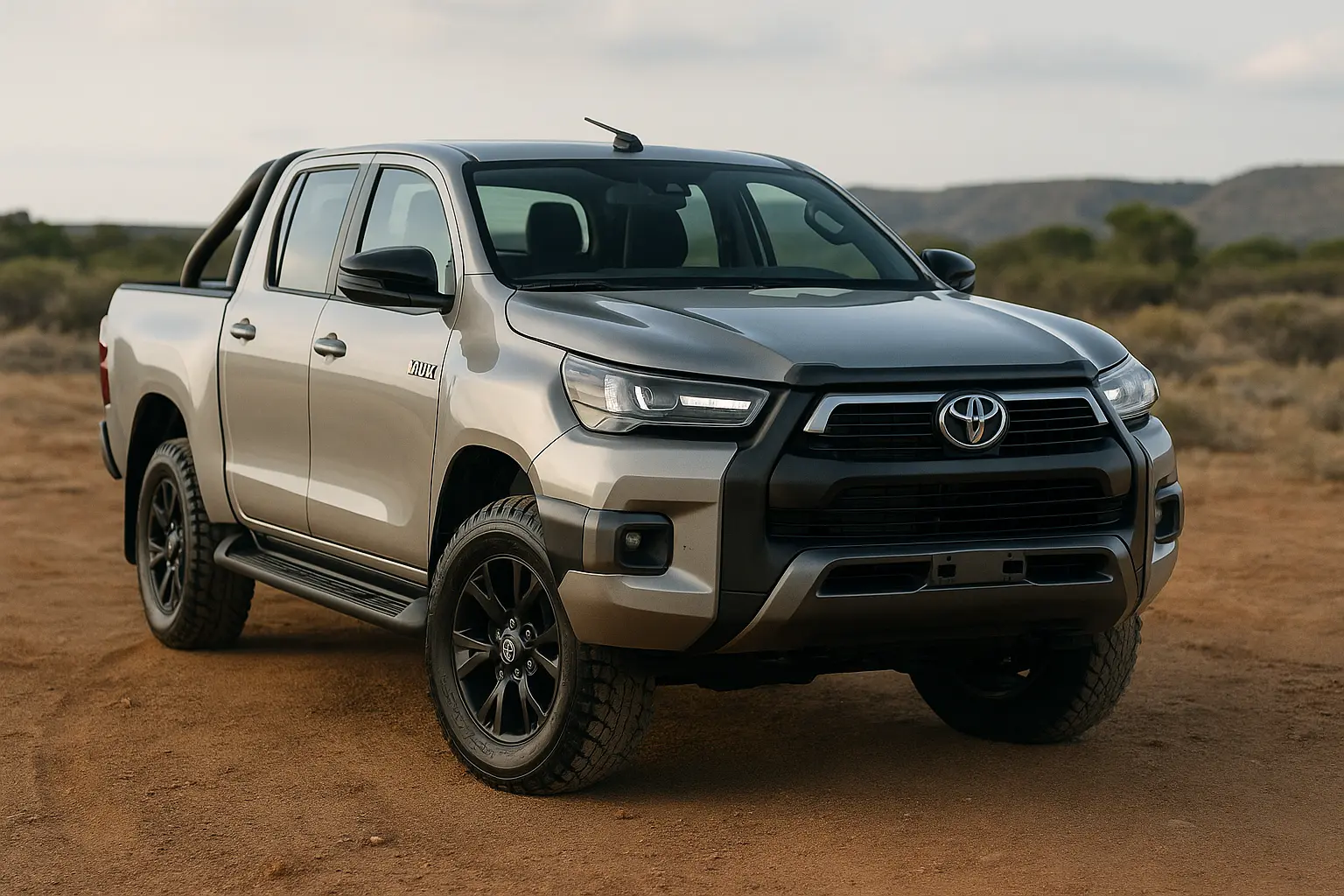
Overview: Why the Hilux Matters in Australia
The Hilux has been Australia’s best-selling ute for decades, competing closely with rivals like the Ford Ranger, Isuzu D-MAX, and Mitsubishi Triton. Its reputation for reliability in tough conditions—whether on mines, farms, or desert crossings—has made it the go-to choice for Australians who value durability over flash.
For 2025, Toyota has refreshed the Hilux lineup with updated engines, enhanced safety tech, improved towing performance, and refined interior options. While some critics point out that the Ranger has overtaken it in features and power, the Hilux continues to appeal to buyers who want long-term dependability and strong resale value.
Performance and Driving Experience
Engine Options
The 2025 Hilux offers multiple engines tailored to different buyers:
2.8-litre turbo-diesel (most popular): 150kW and 500Nm torque with automatic transmission. This engine balances strong pulling power with fuel efficiency, making it ideal for towing and off-road use.
2.4-litre turbo-diesel: A more affordable choice for fleets and budget buyers, producing 110kW and 400Nm torque.
2.7-litre petrol: Less common in Australia but available in certain trims. Better suited for city driving but lacks the torque of the diesel.
On-Road Comfort
The Hilux has historically been seen as more rugged than refined. However, Toyota has steadily improved ride comfort with suspension tuning and noise insulation. The 2025 model offers:
Reduced cabin vibration, especially in dual-cab models
Better cornering stability compared to older versions
Slightly heavier steering than some rivals, but more predictable in off-road conditions
Off-Road Capability
The Hilux has always been at home off the beaten path. With 4x4 low-range, electronic rear differential lock, hill-descent control, and underbody protection, the Hilux can tackle muddy tracks, sandy dunes, and rocky terrain with confidence. Ground clearance remains a solid 216mm, though Ford Ranger edges it with a little more clearance.
Towing Capacity and Payload
One of the Hilux’s biggest selling points is its towing capacity, crucial for tradies, farmers, and adventurers.
Braked towing capacity: Up to 3,500kg with the 2.8-litre diesel engine
Unbraked towing capacity: 750kg
Payload capacity: Ranges from 920kg to over 1,100kg depending on trim
This means the Hilux can tow boats, caravans, and heavy trailers while still offering respectable tray capacity. For many buyers, these numbers match or exceed what they need for work and leisure.
Toyota Hilux Specs 2025
Here’s a breakdown of key specifications:
Engines: 2.8L diesel, 2.4L diesel, 2.7L petrol
Transmission: 6-speed manual or 6-speed automatic
Drive options: 4x2 and 4x4 available
Fuel economy: 7.5–8.0L/100km (diesel); 10–11L/100km (petrol)
Towing: Up to 3,500kg braked
Payload: Up to 1,100kg
Safety rating: 5-star ANCAP (latest test)
Ground clearance: 216mm
Fuel tank: 80L
Interior and Technology
Cabin Comfort
Inside, the Hilux balances ruggedness with comfort. Higher trims like the SR5 and Rogue include:
Leather-accented seats
Dual-zone climate control
8-inch touchscreen with Apple CarPlay & Android Auto
Smart entry and push-button start
Entry-level trims remain basic, with durable materials designed for heavy work use rather than luxury.
Infotainment and Tech
Toyota has modernised the Hilux with a touchscreen infotainment system, smartphone integration, and updated navigation. However, compared to the Ford Ranger’s massive 12-inch screen, the Hilux feels more conservative.
Still, Hilux buyers typically value reliability over flashy tech, and Toyota delivers with a simple, easy-to-use interface that rarely glitches.
Safety Features
Safety is a major selling point for the Hilux. The 2025 model includes:
Toyota Safety Sense: Adaptive cruise control, lane departure alert, road sign assist, and pre-collision system with pedestrian detection.
Seven airbags across all trims
Reversing camera and parking sensors
Trailer sway control for safer towing
These features ensure the Hilux remains competitive in a market where buyers increasingly demand advanced driver assistance.
Trim Levels and Variants
The Hilux lineup is vast, offering configurations to suit everyone from fleet buyers to lifestyle owners.
WorkMate: Basic, budget-friendly, designed for fleets and tradies.
SR: Adds more comfort and features while staying affordable.
SR5: Popular dual-cab option with strong resale value, better tech, and more comfort.
Rogue: Sportier styling, luxury interior touches.
GR Sport: High-performance variant tuned for off-road enthusiasts, with wider track, better suspension, and aggressive styling.
Price in Australia (2025)
Pricing varies across trims, but here’s a guide for new Hilux models:
WorkMate (4x2 petrol): From ~$27,500 before on-roads
SR (diesel 4x2): From ~$42,000
SR5 Dual-Cab (diesel 4x4): Around ~$58,000
Rogue: From ~$70,000
GR Sport: From ~$75,000+
Compared to rivals, the Hilux sits in the middle—cheaper than some premium Ford Ranger trims but more expensive than a Mitsubishi Triton or Isuzu D-MAX in equivalent specs.
Ownership: Maintenance, Running Costs, and Resale
One of the Hilux’s strongest selling points is ownership value.
Servicing costs: Toyota’s capped-price servicing program keeps costs predictable.
Fuel efficiency: Diesel models average 7.5–8.0L/100km, making them cost-effective for long distances.
Durability: The Hilux is famous for lasting 400,000km+ with proper care.
Resale value: One of the best in the ute market, with used Hilux models holding strong prices even after years of use.
Competitor Comparison
Hilux vs Ford Ranger
Ranger offers more power and tech
Hilux edges it in long-term reliability and resale
Hilux vs Isuzu D-MAX
D-MAX provides great value and strong safety tech
Hilux has better brand reputation and broader dealer support
Hilux vs Mitsubishi Triton
Triton is cheaper upfront
Hilux feels more solid and has better towing capacity
Final Verdict: Should You Buy the Toyota Hilux in 2025?
The 2025 Toyota Hilux remains a top choice for Australians who need a ute that balances rugged performance, strong towing ability, advanced safety, and unbeatable resale value. While rivals like the Ford Ranger have become flashier with more tech and power, the Hilux continues to win with its proven reliability and ownership costs.
If you’re after a ute that will work hard, last long, and hold its value, the Hilux is still one of the smartest buys in Australia. For those who want the latest gadgets and maximum power, the Ranger might be tempting—but for many Aussies, the Hilux is still the default ute for a reason.
Leave a comment
Your email address will not be published. Required fields are marked *


